An E30 BMW with a 3.2-litre six-cylinder engine from the E23 7 Series? It’s not a nasty swap by crazy speed junkies after the fact, no. Rather, it was an alternative to the four-cylinder M3, and it came off the production line as standard. At least, in South Africa it did, and they called it the 333i.
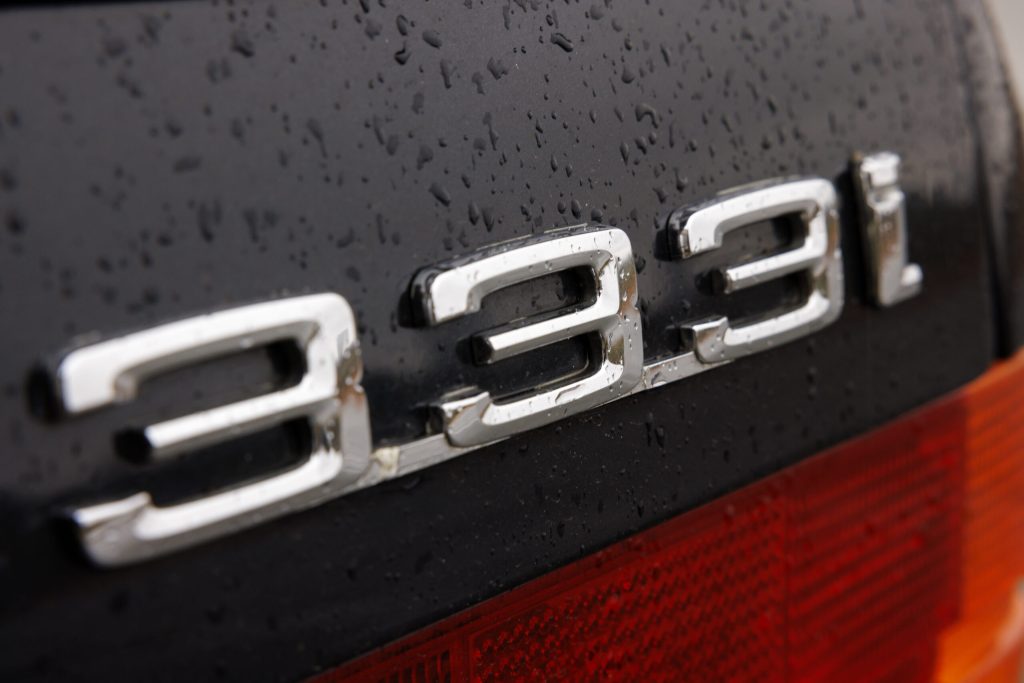
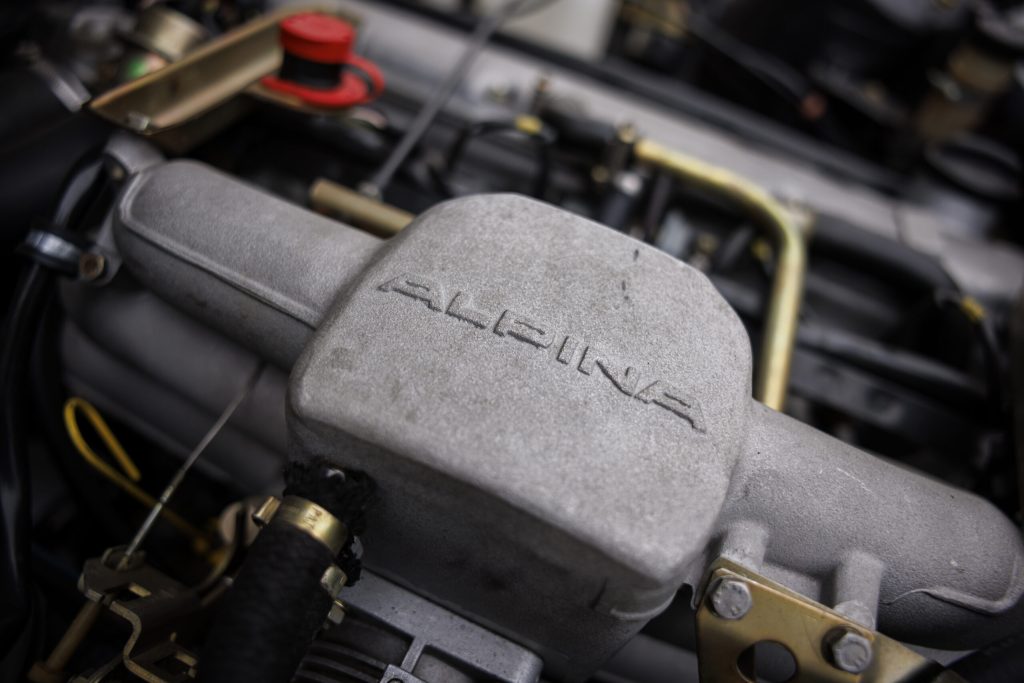
BMW and South Africa have been closely linked for more than 50 years. In 1968, BMW began assembling cars in the country using the CKD process (completely knocked down – parts shipped elsewhere to be assembled) via the subcontractor Praetor Monteerders, north of Johannesburg in the industrial suburb of Rosslyn. BMW took over the business in 1973, and from then on manufactured 3, 5, and 7 Series right-hand-drive cars for the local market under the name BMW Group South Africa (BMW SA). Rosslyn was the first plant outside Germany to produce BMW vehicles and marked the beginning of the company’s globalisation strategy. By contrast, BMW has only been building cars at its Spartanburg, South Carolina, facility since 1994.

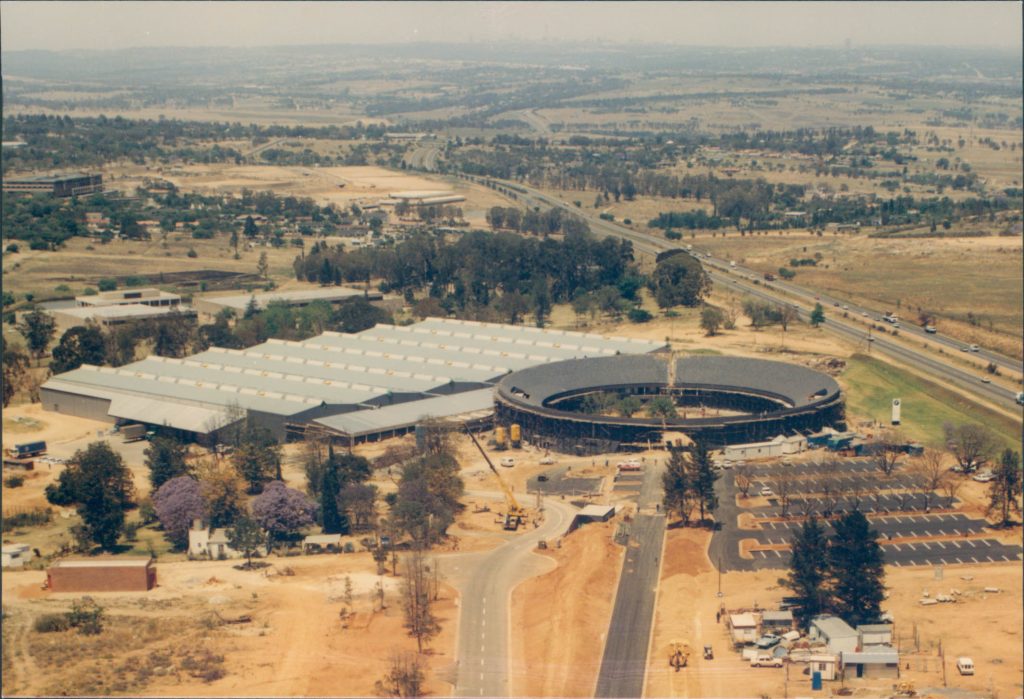
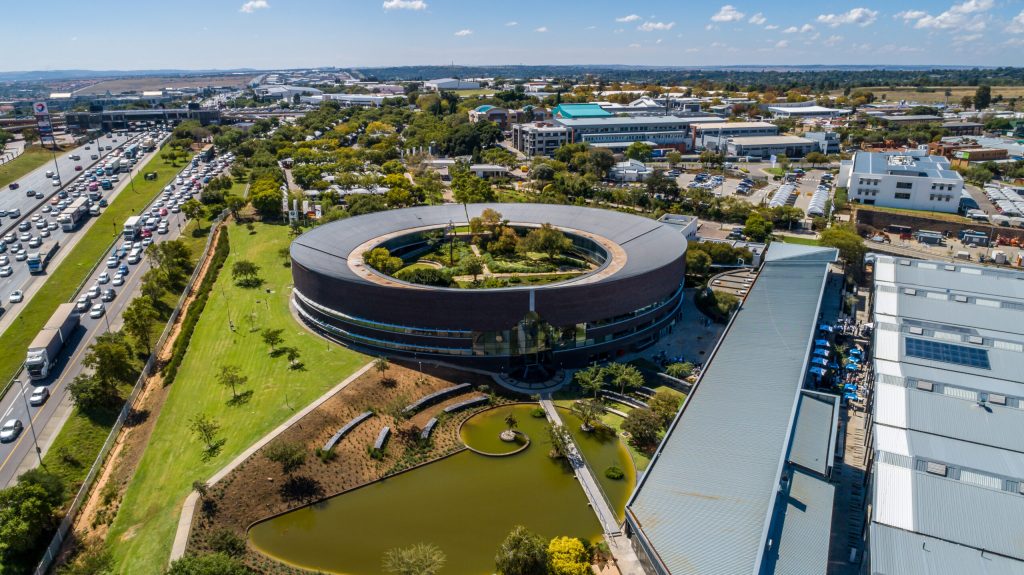

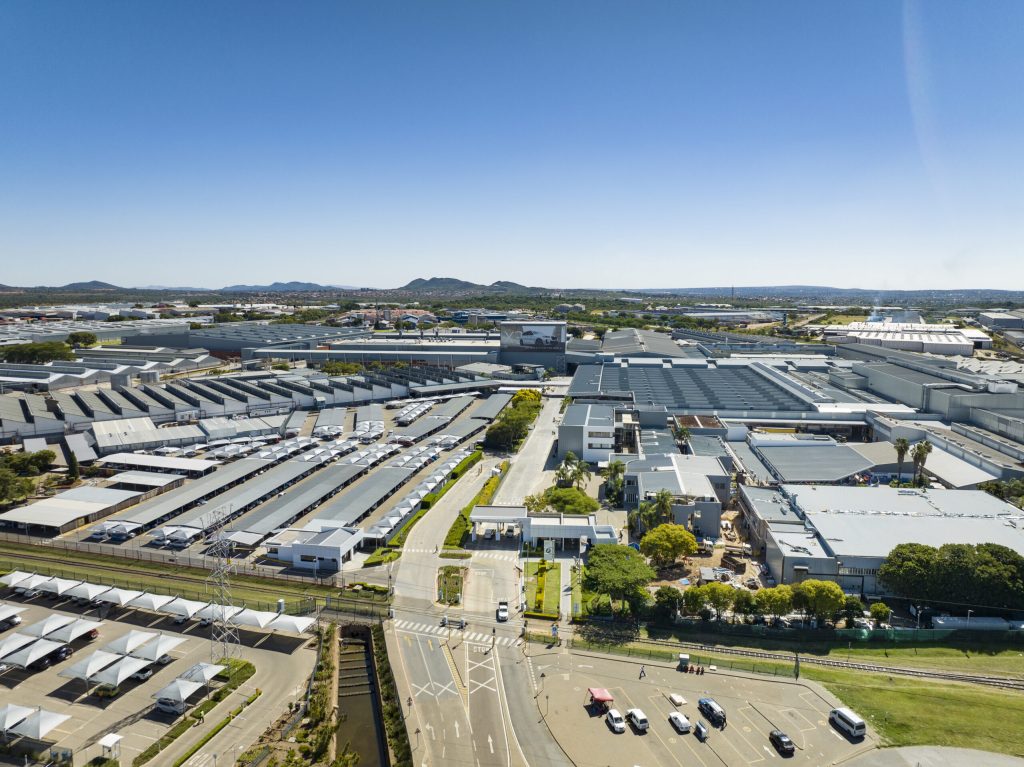
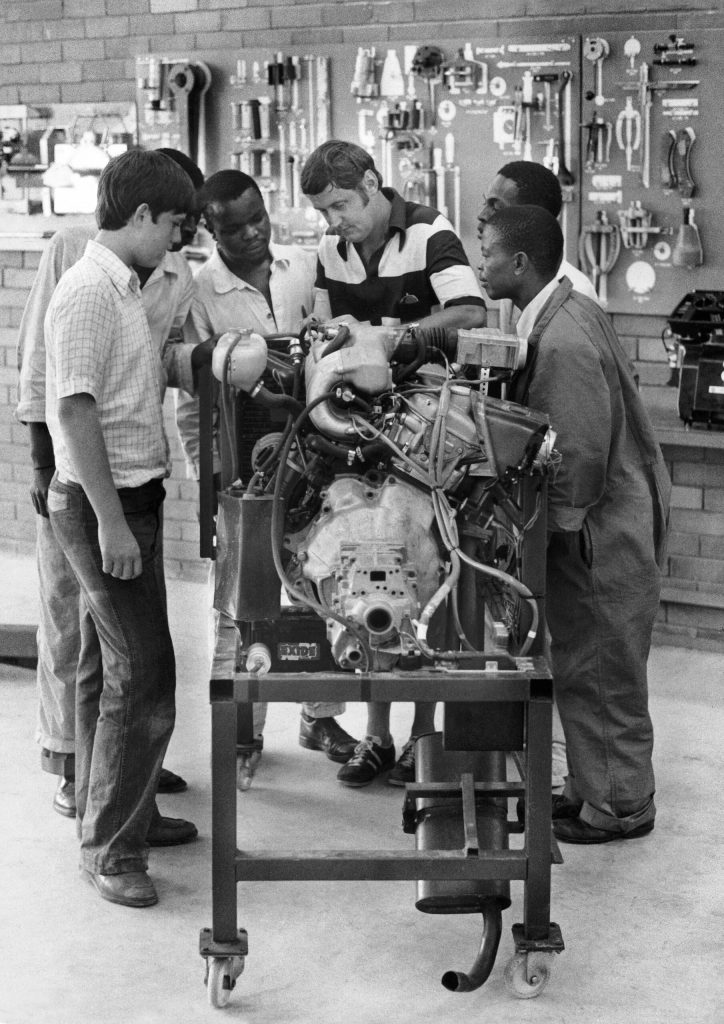
Early South African sales were slow, and by the mid-1980s, the bosses wanted to boost sales. At the time, the best way to do that was as applicable to African countries as it was to those in Europe and North America: through motorsport.
Against competitors such as the V8–powered Ford Sierra XR8 and Alfa Romeo GTV 3.0, the Bavarian strategists figured they had a good chance. They just needed the right car. Local Group 1 regulations had little use for a high-revving four-cylinder, however, which ruled out the 2.3-litre M3 that was starting to make its name elsewhere in the world. That left only one thing to do – build something else. Now, BMW SA already had some experience with hot-rodding its offerings; in 1984, it had stuffed the M1’s 282bhp 3.5-litre M88 straight-six into the 7 Series, calling it the quite nondescript 745i. For its latest enterprise, the process began with some phone calls back to Germany – to BMW Motorsport in Munich and to BMW tuner Alpina in Buchloe.
At the time, the Rosslyn plant’s shelves were full to bursting with tasty things. Like, for instance, that 3.2-litre M30 engine from the 732i. The engine mounts, the water cooler, the intake manifold, and the air filter box all came from the Alpina B6, so dimensionally, it would fit into the narrow front end of the 3 Series. The short-ratio five-speed Getrag gearbox was sufficient for handling the power. For more traction on racetracks, there was a ZF limited-slip differential, with 25 per cent locking effect. It all seemed ideal, but for one small snag: Because of the space constraints, customers could choose to have air conditioning or power steering but not both.
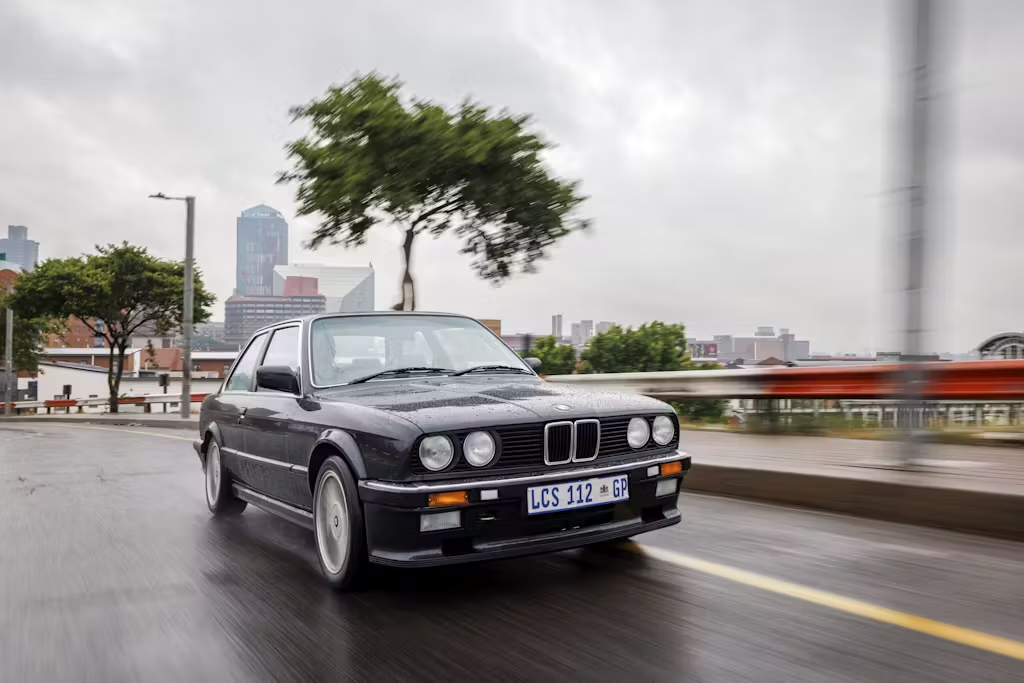
Unfortunately, there was another, much bigger snag: In 1985, just when the 333i looked ideal to pay off in competition, Group 1 was cancelled. Thankfully, production trickled on, and by 1987, BMW SA had produced 204 of them (210 including pre-production models).
The entire formula of the 333i – South Africa’s mini muscle car – is still pleasing today, especially when you let it off the chain. The sonorous straight-six, fuelled through Bosch K-Jetronic, makes all of its 197 horsepower at 5000rpm, all of its 210lb ft of torque at 4300rpm, with redline at 6300. Reaching 62mph from a standing start takes about 7.4 seconds, and the car with hit 141mph (contemporary tests measured even more, 143.53mph). The exhaust gases escape via a fan manifold and a catless exhaust system from Alpina, and it still sounds so good, nearly 40 years on. Even the name rolls off the tongue, 333i, or as the South Africans call it, Triple Three.
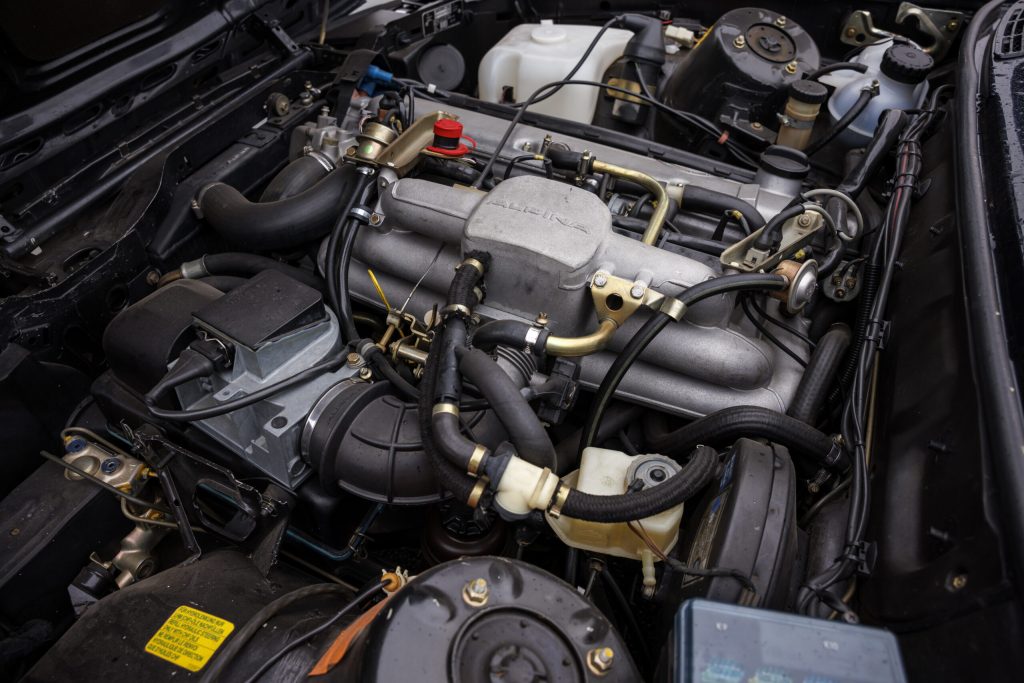
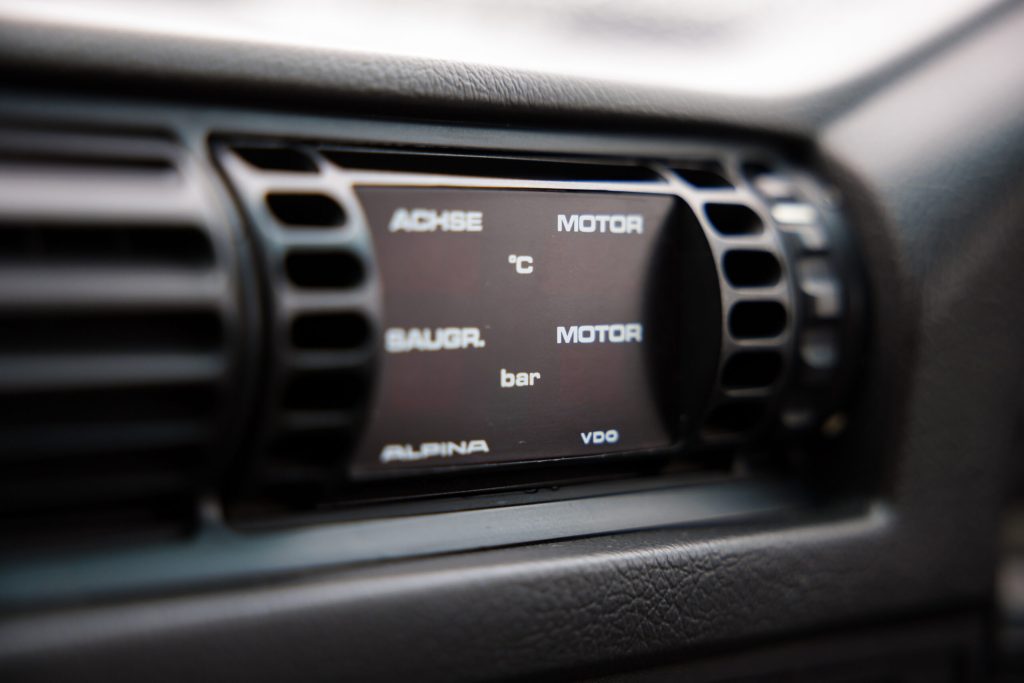
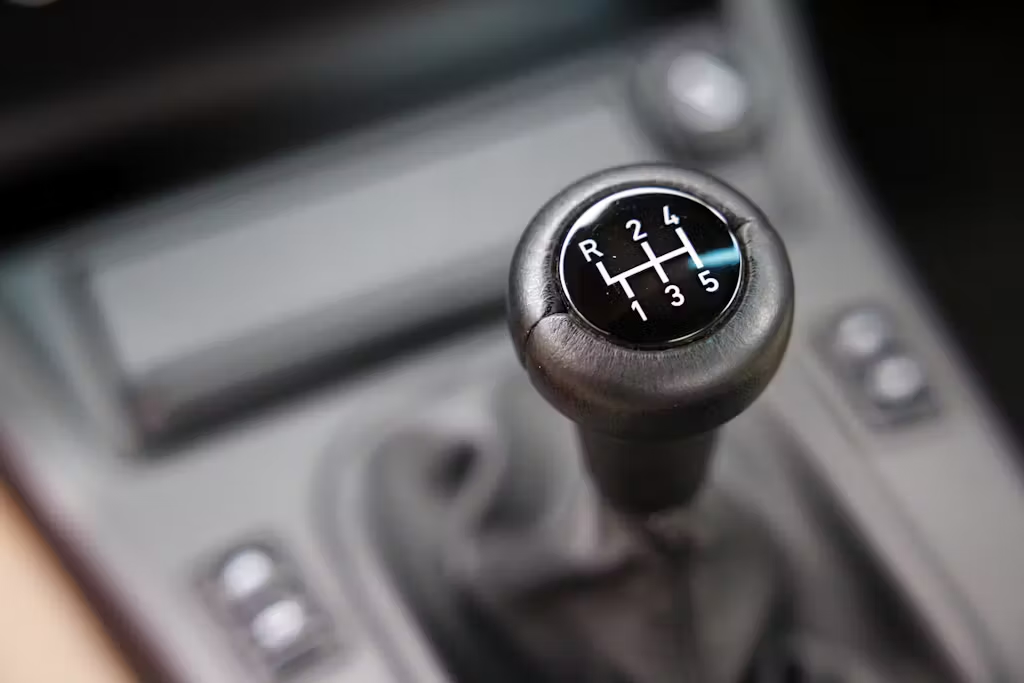
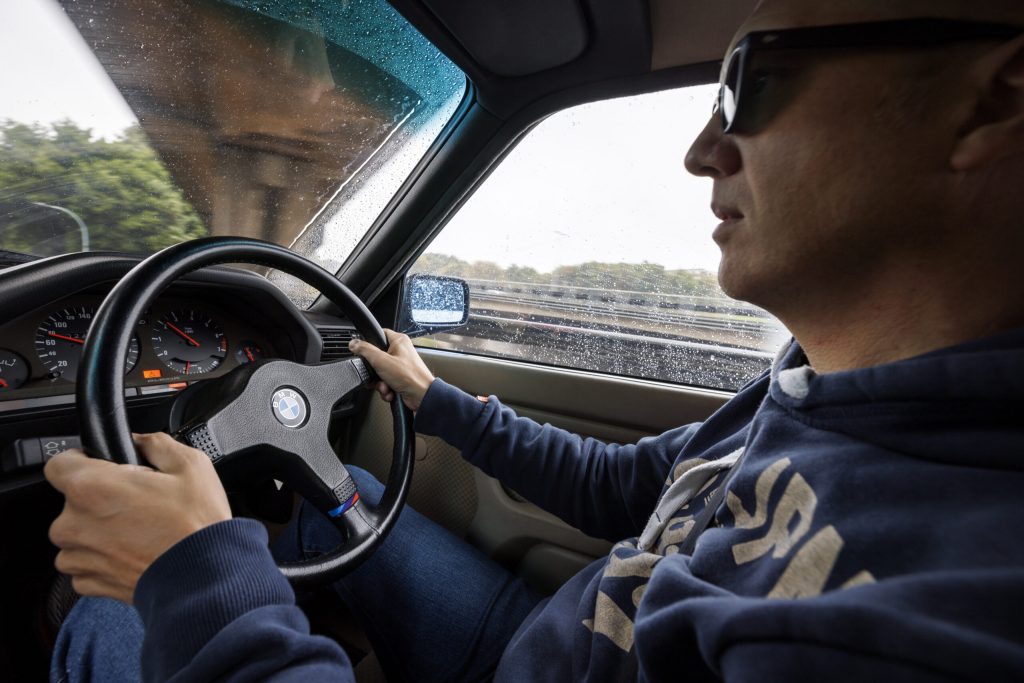
Despite its added weight, today you’d swear that no engine feels better suited to the E30 than this one. Even better, the 333i is understated and does without the add-ons that so blatantly called out the M3: the flared wheel arches and raised trunk, the deep fascia and big rear wing. Instead, its Alpina touches are subtle, like those 20-spoke 16-inch wheels. Available colours included Henna Red, Diamond Black, Alpine White, and Arctic Silver. Antilock brakes were optional, and just a few luxuries were standard, like a sunroof and power windows, plus a trick little computer mounted in the driver-side vent.
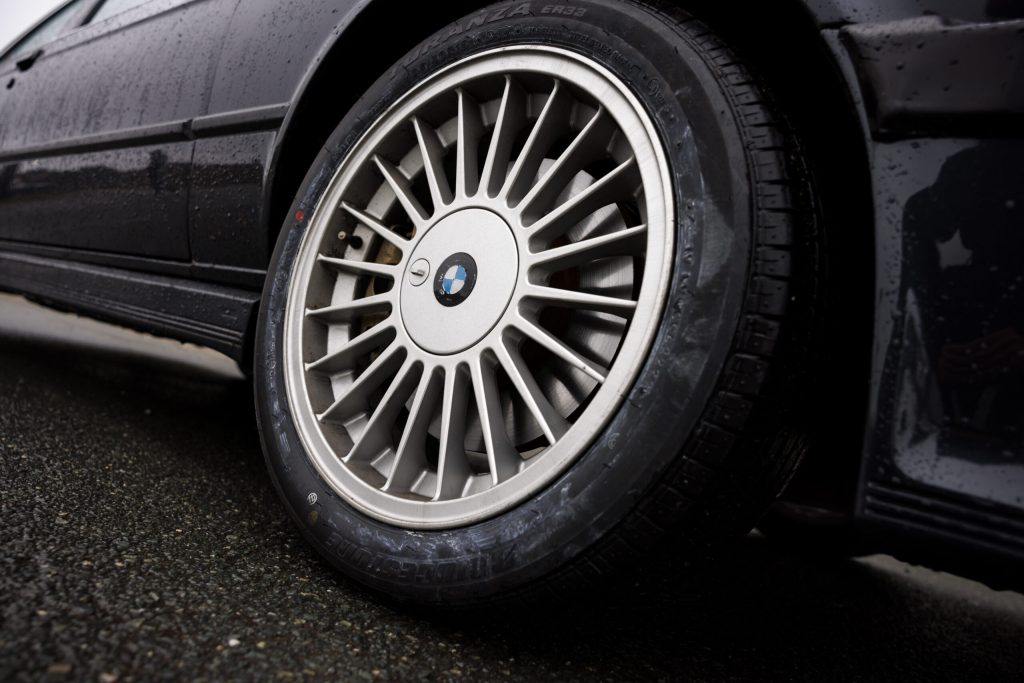
The model initially cost ZAR 41,300, which would have been around £17,000 at the time. All were built exclusively as right-hand-drive two-door sedans. That so few were made is a shame, too, as the Triple Three surely would have been a hit in any other country BMW cared to offer it.
Then as now, they are far too good to sit unused, and once up to temperature, the six feels smooth and purrs like a fully-fed cat. Thanks to its big torque, it is tractable in most gears, as easy to putter around town as it is to storm ahead on back roads. The shifts fall quickly through the narrow gearbox, and the whole machine is particularly comfortable at around 2500rpm. Even the higher weight over the front axle does nothing to interfere with cruising.
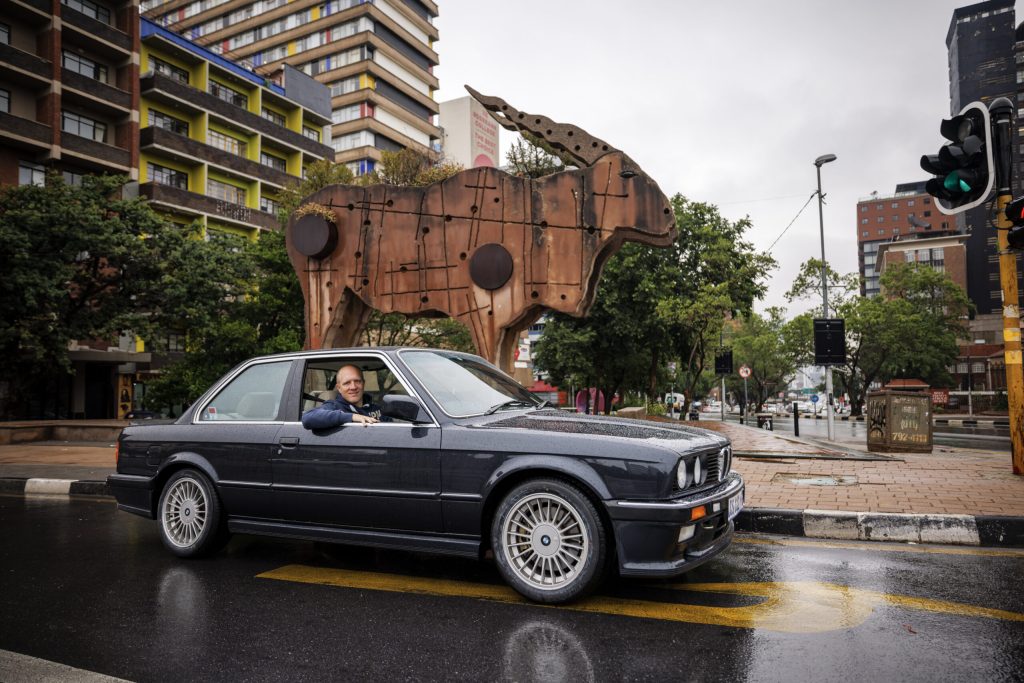
It’s amazing how ergonomic the 40-year-old still is today. The thick leather wheel is sized perfectly, your hand falls easily to the shifter, your body seems to become one with the leather sport seat. Meanwhile, your gaze is drawn to the nervously twitching red needles, which were otherwise reserved for M cars at the time.
Johannesburg traffic is relaxed. And though normally the weather is sunny and hot, today it is pouring down rain. All the more reason to crack the windows so that the car doesn’t mist up. And, of course, to listen to the sweet six-cylinder powering this Triple Three, the rarest of E30s.




















Johannesburg traffic is relaxed. Ha, ha you joke surely??? Got to be one of the most entertaining driving destinations in the World with commuter taxis doing their own thing and constant lookout for possible hijacking/bag snatching !! Still a great country.
I had the pleasure of visiting BMWs welcome center in Midrand South Africa where one if these are on display…it’s a classic. Thanks for giving a great background story and shedding some light. I wasn’t actual wasn’t sure how this came about being a South African BMW
Ì have bmw 525i m sport 2002 model and i confirm to you now that once you drive a bmw, you will never go for onather made of car. Thats why most people still have the oldest models today. I bought it 2005, and i stil have it because i believe it is one of the beasts of the raod. I am 67years and i will appreciate if you can advice me about how to get a brand new engine for the same car because i cannot part with this car please!!
Hi is this black 333i for sale?